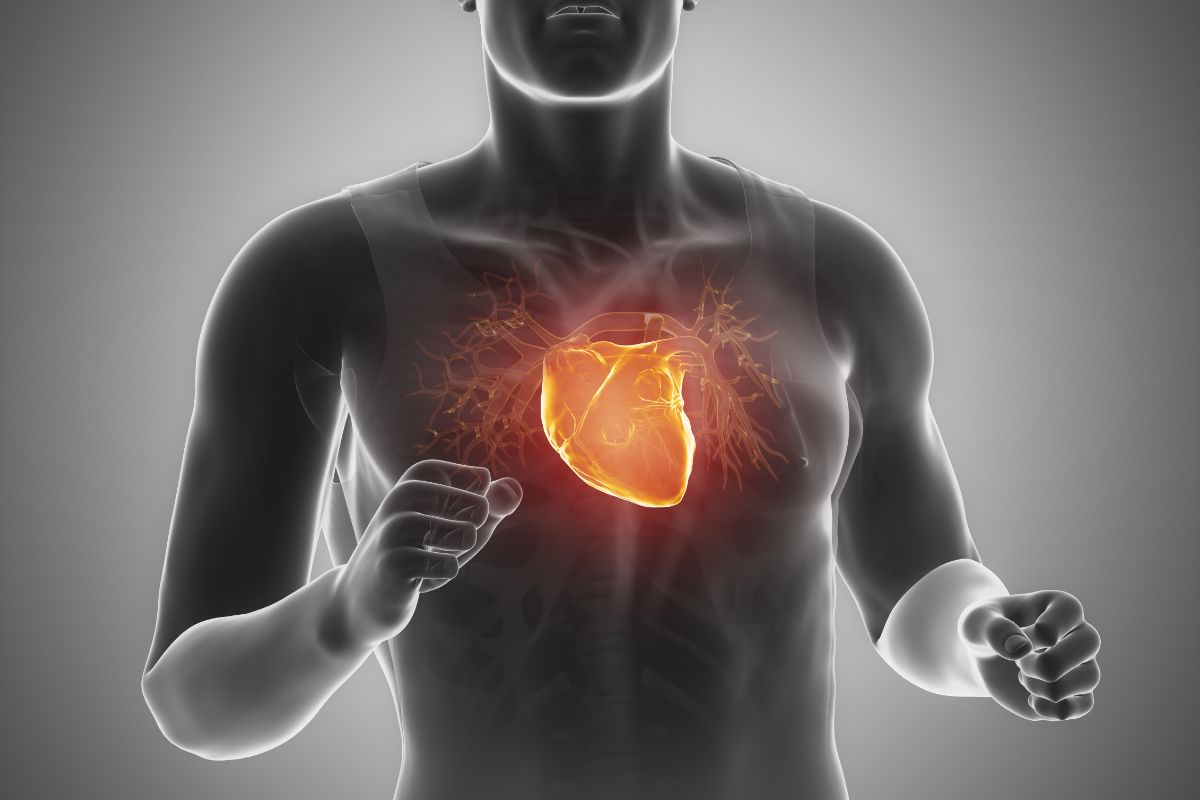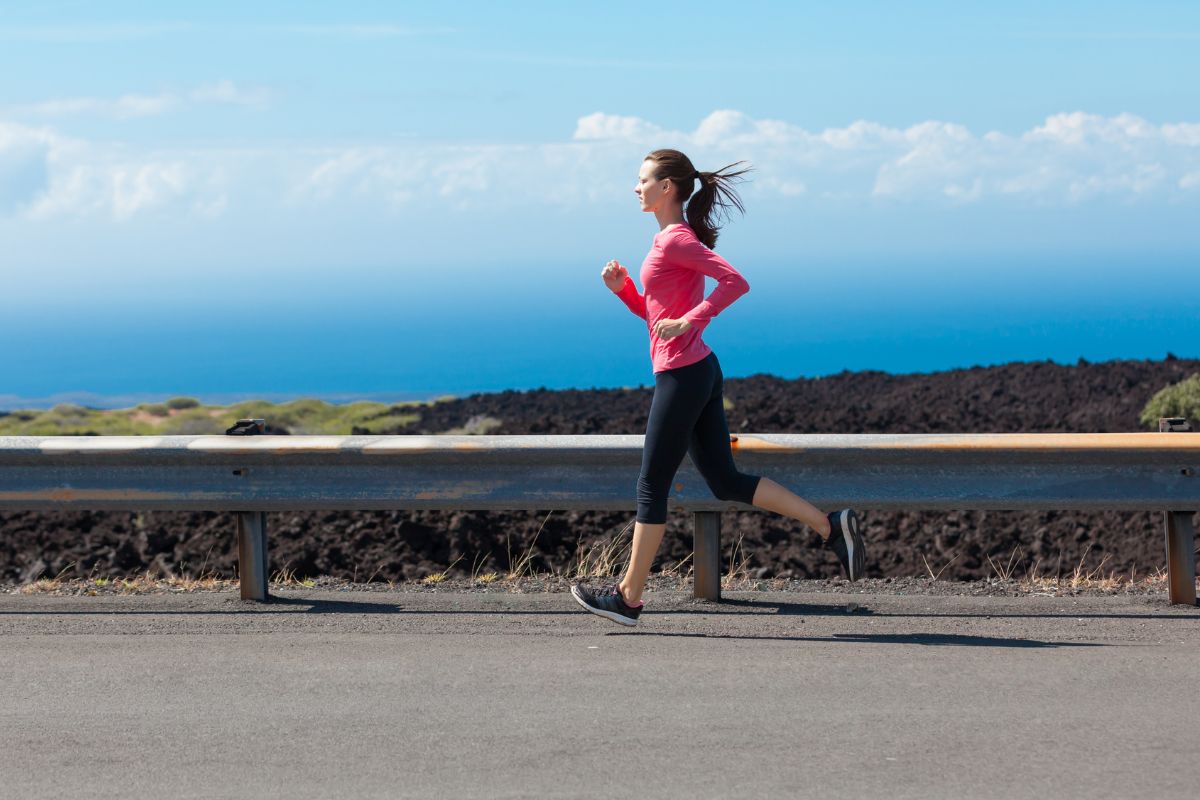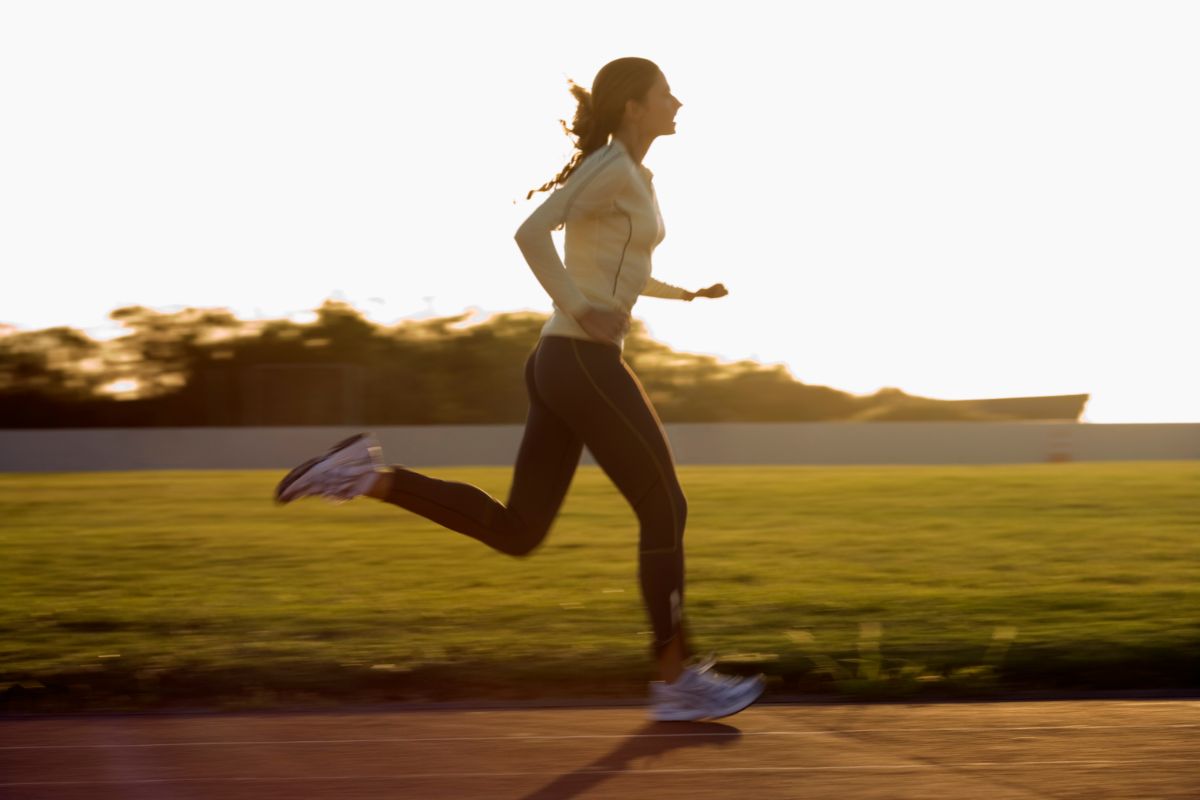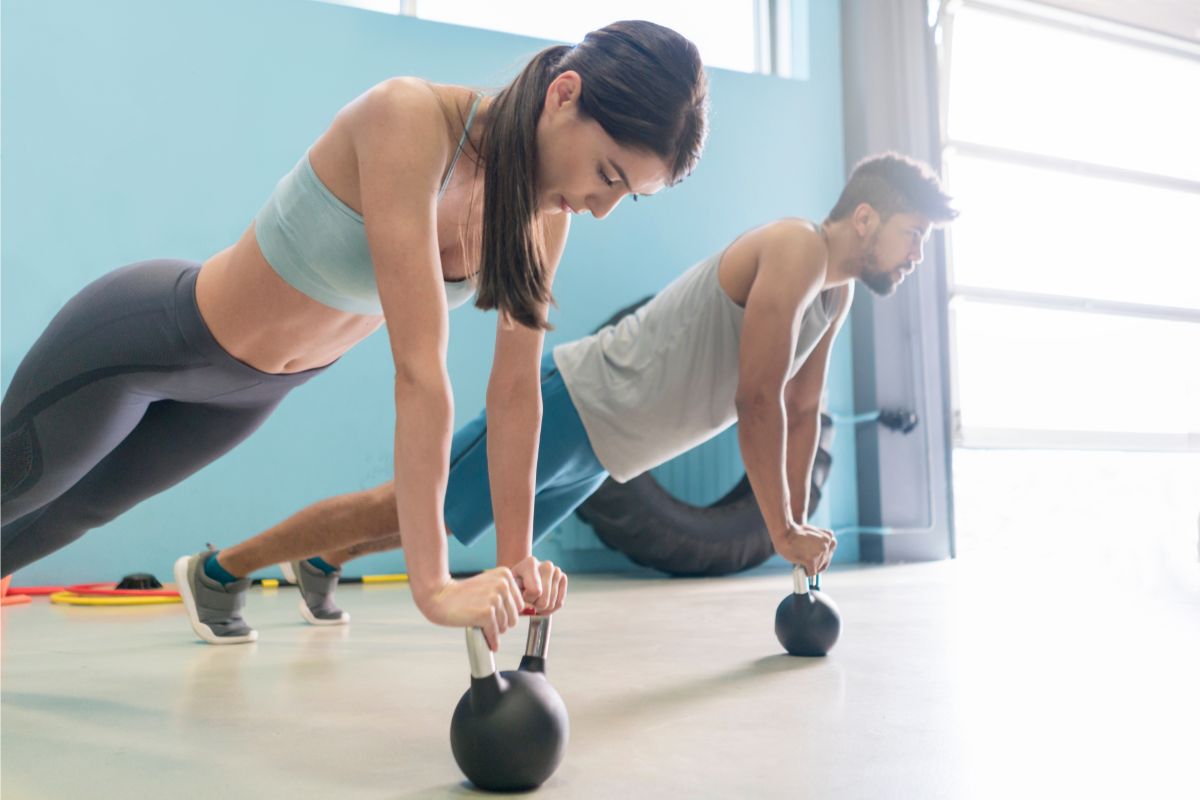Trying your best to become a running lover? Or just looking to up the cardio during your workouts?
Running is a great way to get your heart pumping and get air into your lungs. Whether you’re a trained marathon runner or just enjoy getting out into the fresh air, running is great for both physical and mental wellbeing.

But are you feeling discomfort in your calves while running? This can be due to multiple reasons and this guide will help you understand why and how to fix it!
Keep reading to find out why your calves hurt when you are out on your daily run.
Reasons Why Your Calves Hurt When Running
Non-traumatic calf pain typically progresses in a pretty predictable pattern: it begins during exercise and gets worse over time.
The calf may feel constrictive and perhaps prevent the runner from moving forward. Even when the pain lessens a little after a run, the calf frequently remains sore for a day or two.
Commonly, symptoms are barely noticeable when not running.
Although there are a few possible diagnoses for this, such as superficial posterior compartment syndrome and “sciatica,” the most frequent clinical cause found is just calf muscle weariness.
The tightness and pain which can come from a calf muscle has two parts to it :
Overloading The Calf
It’s very common within runners who run barefoot to feel pain in their calves. Landing on the forefoot while running barefoot typically puts more strain on the calf muscles and Achilles tendon than when running while wearing shoes.
The amount of training you do in addition to running is another influence. If you start introducing gym workouts and running on the same day or the day after, your calf may already be feeling strained.
If you run 3 or more times a week you may have become accustomed to the tightness and dull pain you feel in your calf and not even realize just how tired your muscles are.
Or beginners often notice the pain straight away as the muscles are not used to bearing such weight and impact.
Weak Calf Muscles
Another reason for your calf pain can be that the muscles are weak. This is common with new runners who have not yet developed the muscles needed to perform the shock absorption when running.
Although, like any muscle group. Through training and strengthening the muscle it will become stronger and perform better. Causing you less pain in your calves and letting you focus on your run.
Calf Muscle Pain Grades
Before moving on to explaining how you can help alleviate the pain felt in your calves, it’s important to understand the severity of the issue. This is broken down into grades 1 through 3.
- Grade 1 calf pain will feel a little painful but cause more of a tightness in the muscle. You’ll most certainly be aware of this when running, walking and stretching. However, it will calm down after a day or two of rest and light stretching.
- Grade 2 is essentially a partial tear of the muscle. You’ll feel pain whilst moving and if touched firmly.
- A grade 3 injury is a full rupture of the calf muscles. This is a serious injury which cannot be ignored as weight-bearing will be extremely painful, nevermind walking or running.
How Fix It

In order to start helping you to lessen that calf pain, we have to get a little technical.
So, there are 2 muscles that make up your calf. The big muscle that we often refer to as the calf is called the gastrocnemius (gastroc) and then there is a smaller muscle named soleus.
This smaller muscle sits a little deeper, just below the gastroc. Both of these muscles are then attached to the achilles tendon which is attached to the heel bone.
Gastroc and soleus are what helps control the weight-bear over the foot as we run and walk.
The gastroc also works with the glutes and hamstrings to transfer the force we need to propel us forward when walking or running.
If either or both of these muscles are weak, issues will become present as you begin running regularly.
So, how do we fix it?
Soft Stretching
While your first instinct may be to perform the classic calf stretch against the wall. Whilst stretching will bring mobility back to the muscle, being too aggressive too soon could set you back a few days.
After a 3-5 minute walk around the house to get the blood flowing through your legs, you can begin performing a few soft stretches. This can include:
- Drawing the alphabet with your foot. Lie flat on the floor or sofa and begin gently drawing the alphabet with your foot. The goal is to lightly stretch the muscle so take it easy and make small movements if you still feel some tightness.
- Seated Calf Stretch. Sit on the ground with your legs straight out in front of you. Grab a light resistant band and loop around the foot of the calf you feel pain or tightness. Gently pull your toes towards your shin until you feel a satisfying stretch in your calf. Hold for 8-12 seconds and repeat on the other side.
- Downward Dog. This is a slightly more aggressive stretch so only move onto this when pain is minimum. Begin in a high plank with your hands directly under your shoulders. Slowly pull your butt up towards the ceiling to create an inverted V shape. Pulling your heels to the ground will give a deeper stretch. However, having a slight bend in your knees will still provide a soft stretch to the calves.
Final Thoughts
Why do your calves hurt whilst you run? If you are a beginner at running this is most likely due to weak muscles and overbearing.
Strengthening the muscle through static and mobile stretching will create the strength and flexibility needed to power your runs.
If the pain continues or becomes increasingly more severe, consult a medical professional.
- Can Dogs Run Faster Than Humans? (Running With Your Furry Friend) - October 4, 2022
- 10 Doggie Fun Runs You Will Love [Ultimate Guide] - October 4, 2022
- What Are Division Results In Running? - October 4, 2022








